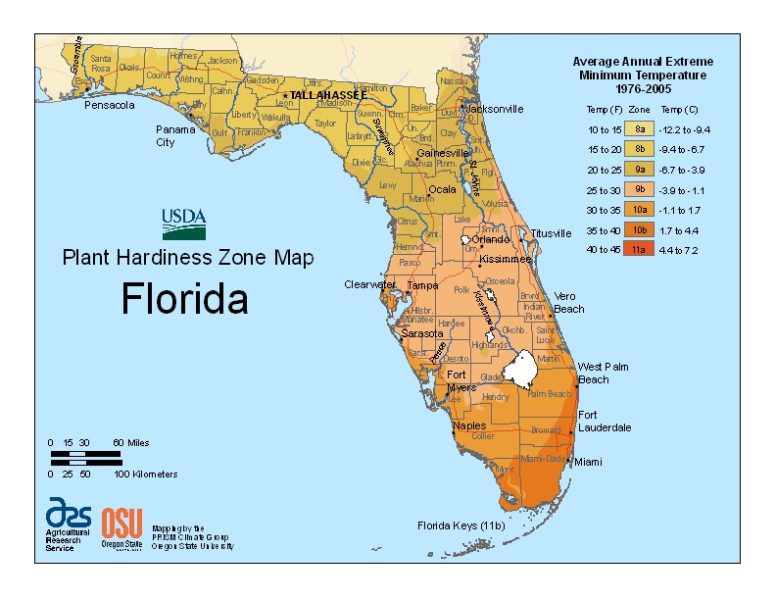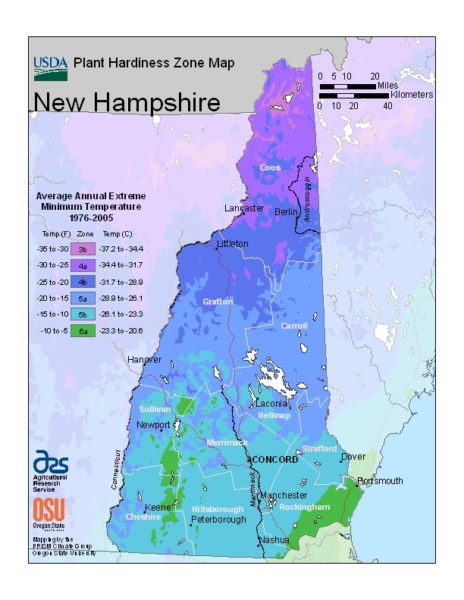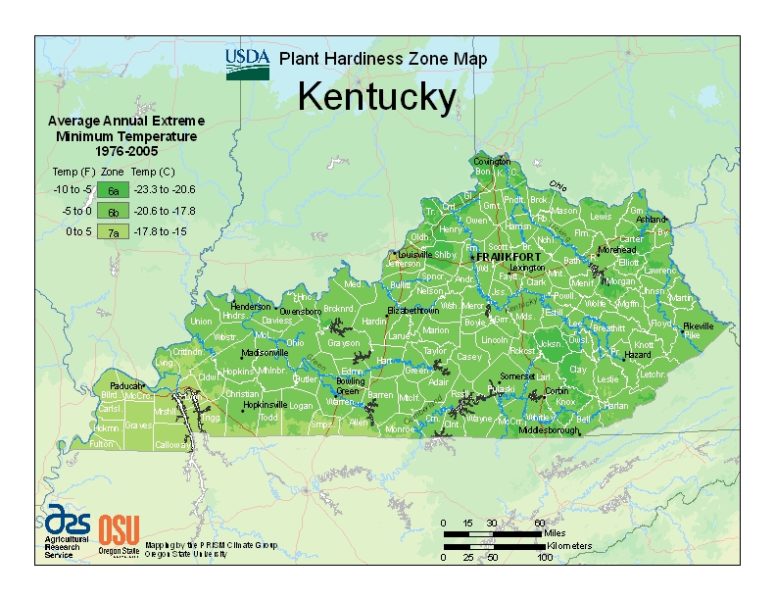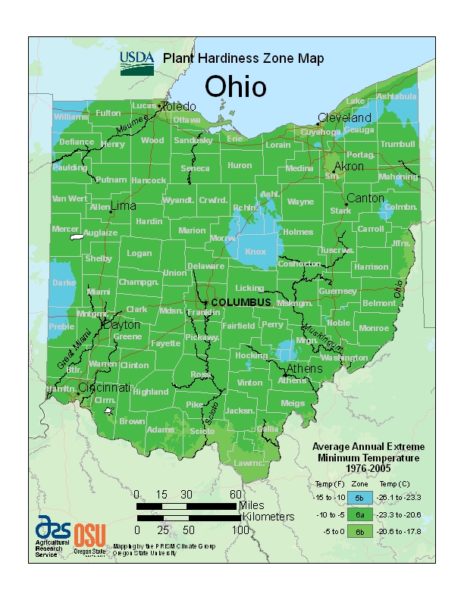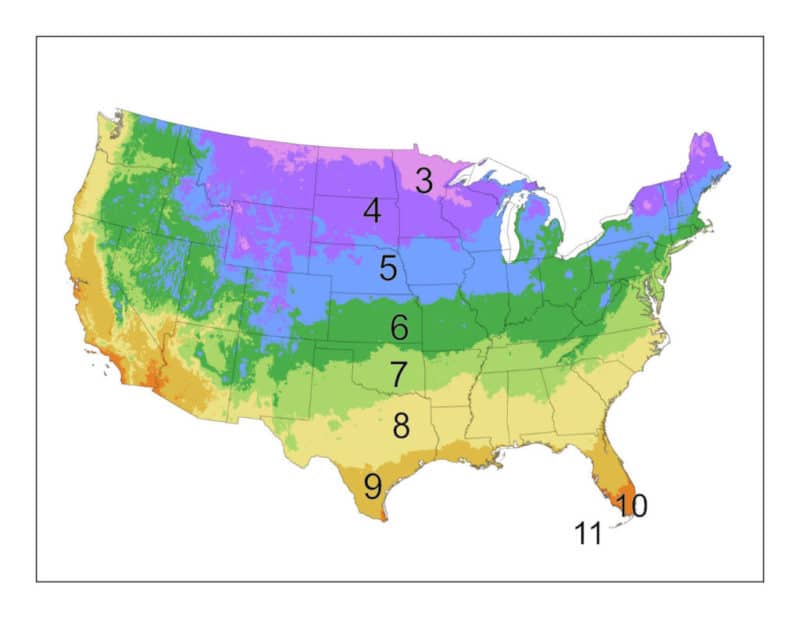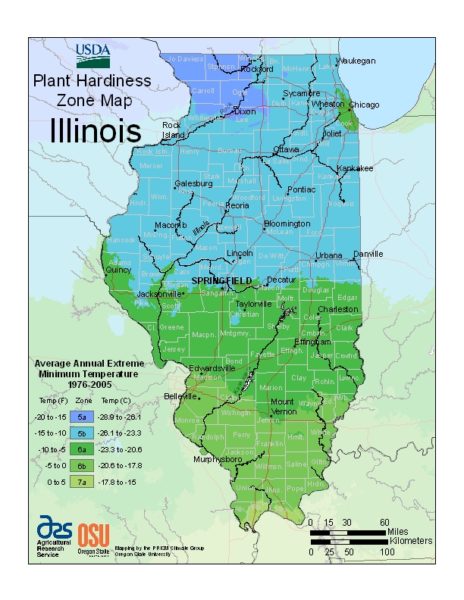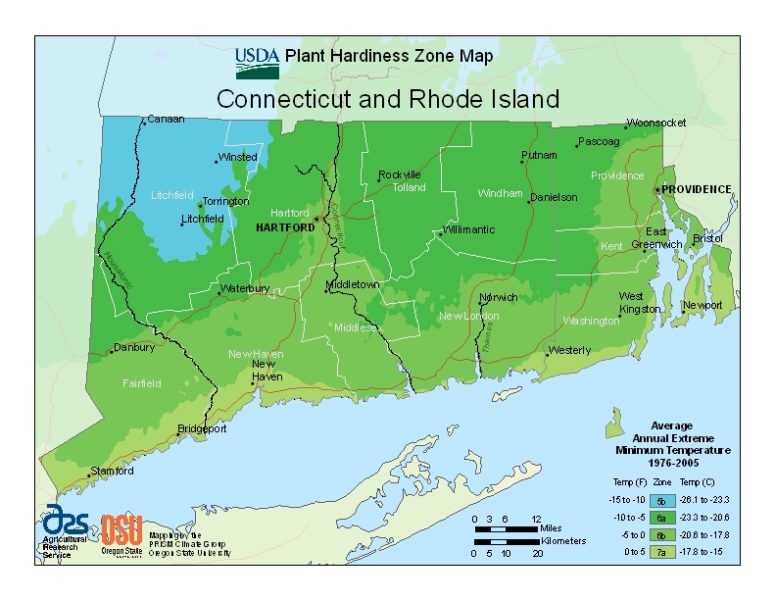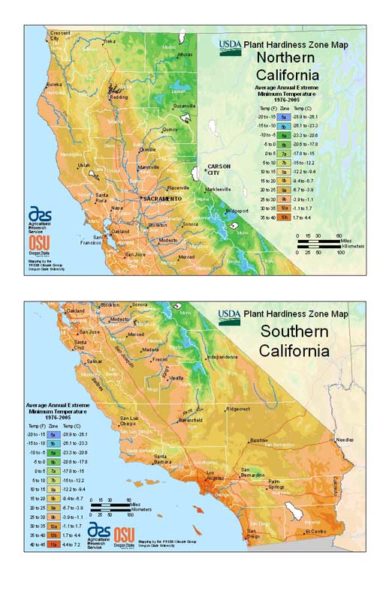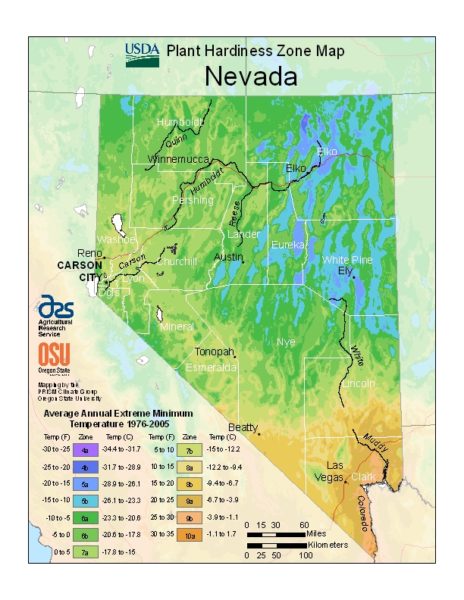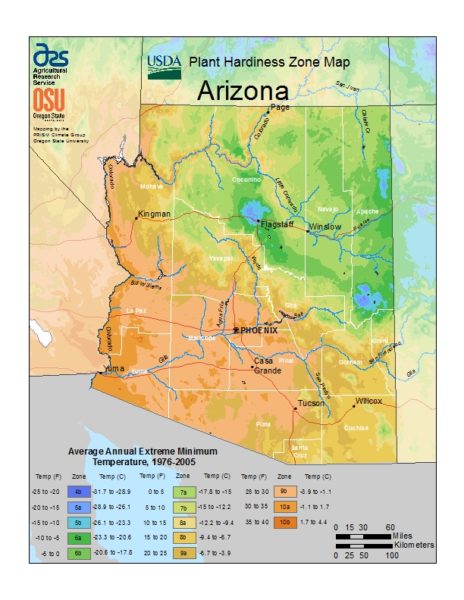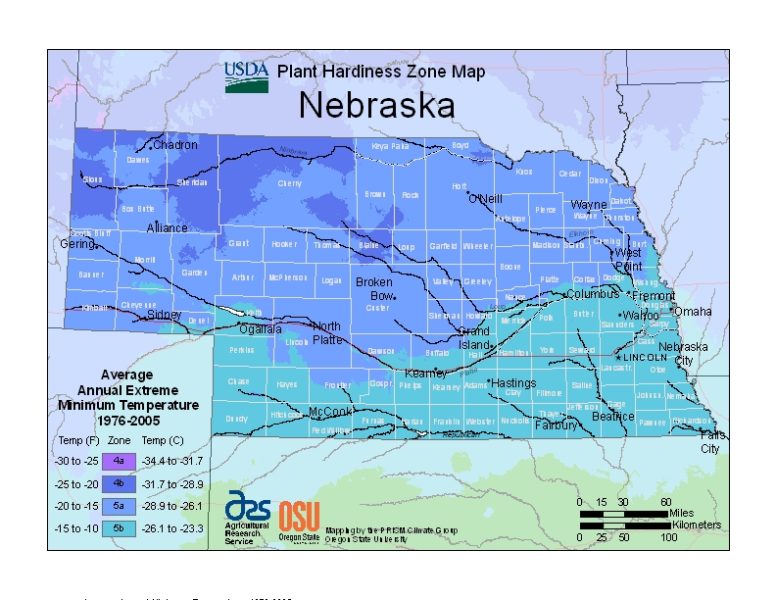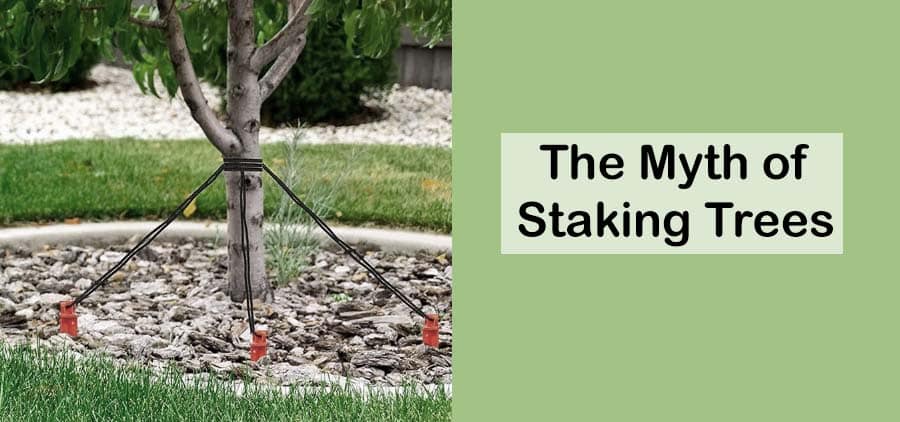
Introduction: The Myth of Staking a Tree
Staking a tree has long been considered a common practice to ensure its stability and promote healthy growth. However, in recent years, arborists and experts in the field have challenged this notion, revealing that staking a tree is rarely the right thing to do. Contrary to popular belief, staking can do more harm than good to a tree’s long-term development. In this article, we will explore the reasons why staking a tree is often unnecessary and potentially detrimental to its growth.
Tree Stability and Root Development
Natural Movement and Strong Root Systems
One of the primary reasons why staking a tree is unnecessary is due to their ability to develop strong root systems naturally. When a tree is staked, it loses the opportunity to move and sway with the wind, which is crucial for the development of strong anchoring roots. Natural movement stimulates the roots to grow deeper and establish a solid foundation, ensuring the tree’s stability in the long run.
Mechanical Dependence and Weak Trunk Formation
Trees that Lean on Stakes
Staking trees often leads to a state of mechanical dependence, where the tree heavily relies on the support provided by the stakes. This dependency hinders the tree’s ability to grow a sturdy trunk capable of withstanding wind and other environmental stresses. Without the need to support itself, the tree’s trunk remains weak and vulnerable, increasing the risk of damage in the future.
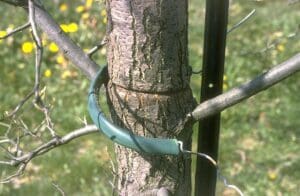 Girdling and Poor Circulation
Girdling and Poor Circulation
The Hidden Risks of Strapping and Tying
Improper staking techniques can cause girdling, a situation where the straps or ties used to secure the tree begin to constrict its growth. Girdling can restrict the flow of nutrients and water, leading to poor circulation and compromised tree health. Additionally, the ties themselves can damage the bark, creating wounds that may become entry points for pests and diseases.
Risk of Damage and Infestation
Stakes Can Cause More Harm Than Good
Contrary to their intended purpose, stakes can pose a risk of damage to the tree itself. Improperly placed or secured stakes can cause wounds to the trunk, bark abrasions, or even snap the tree in strong winds. Moreover, stakes can create ideal conditions for pests and diseases to thrive. By providing a stable structure for insects or pathogens to settle, staking can inadvertently invite infestations or infections that would not have occurred without intervention.
Encouraging Natural Development and Adaptation
The Benefits of Natural Movement
By avoiding staking, trees are allowed to develop naturally, adapting to their surroundings. This includes responding to wind, changes in soil conditions, and other environmental factors that shape a tree’s growth. Trees that are not staked are more flexible and resilient, better equipped to withstand changes, and flourish in their natural environment.
Frequently Asked Questions
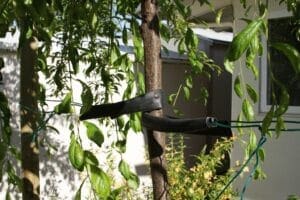 Conclusion
Conclusion
While staking trees was once considered a standard practice, it is now widely understood that it is rarely necessary and can even hinder the healthy development of a tree. Trees have evolved to adapt to their environment naturally, and they require the freedom to sway and establish strong root systems. By avoiding the unnecessary use of stakes, we can allow trees to flourish, promoting resilience and ensuring their long-term stability. Nature has always known best when it comes to tree growth, and our role should be to observe, nurture, and protect rather than restrict and hinder their natural development.
Compare the lowest prices from top-rated online nurseries on over 150 tree varieties.
About Our Price Comparisons:
Since 2010 we have worked for 4 of the largest online plant nurseries. We have also visited (to evaluate) or ordered from over 50 online garden centers. We strive to compare prices from online nurseries we have experienced and send the highest quality plants at the lowest prices. Keep in mind that we may receive commissions when you click our links and make purchases. However, this does not impact our reviews, price comparisons, or the price you pay. We try our best to keep things fair and balanced, to help you make the best choices.
- Most Popular Spring Blooming Evergreen Shrubs - March 6, 2025
- UPDATE! Unboxing Houseplant From Perfect Plants Nursery - March 5, 2025
- Winter Landscape Tips: How To Get A Head Start On Spring - January 6, 2025



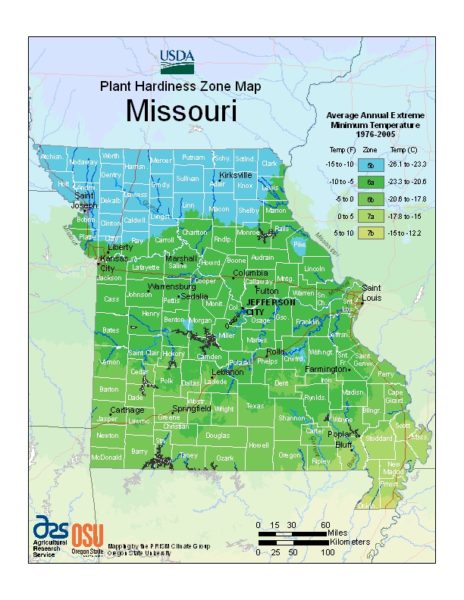

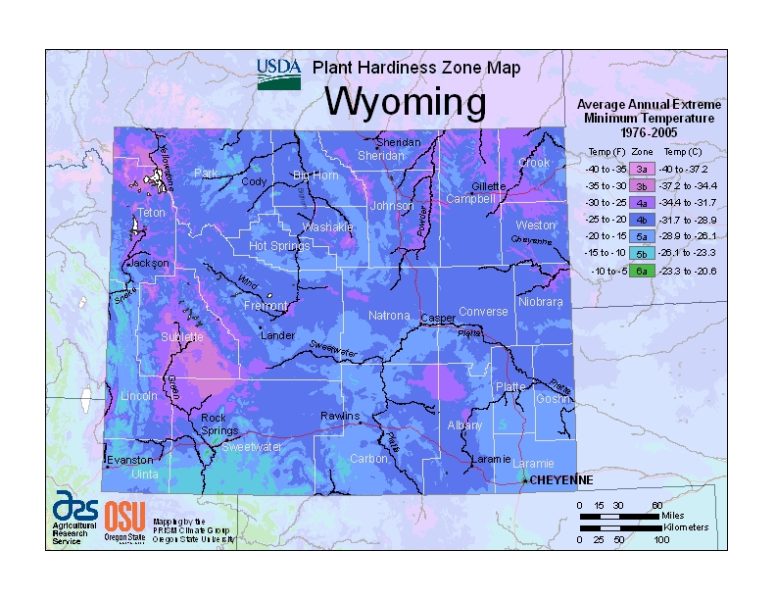

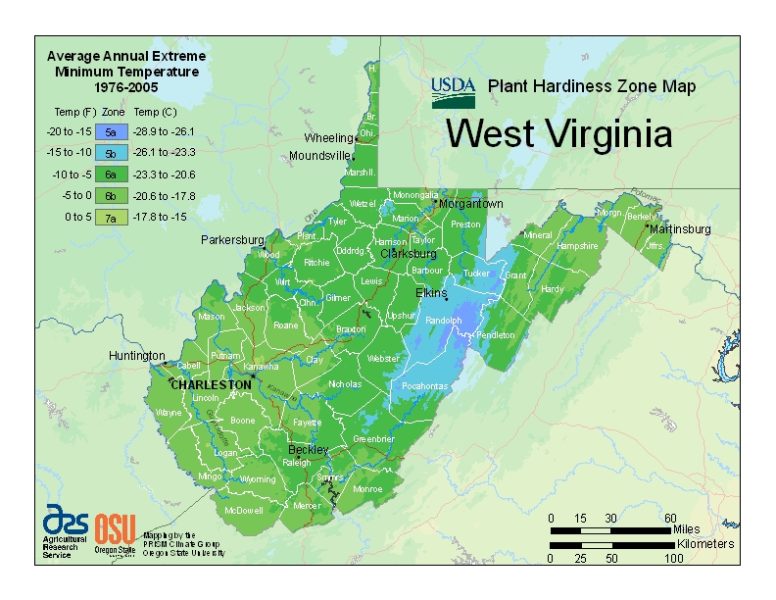



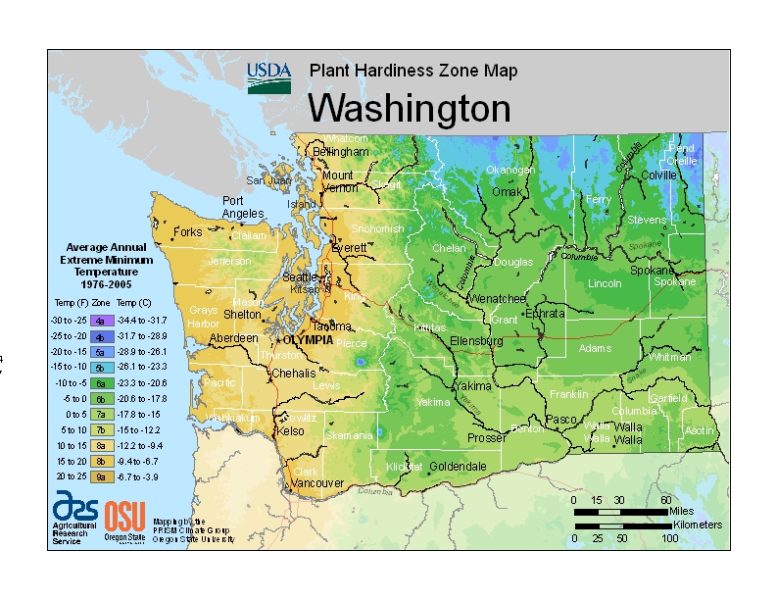
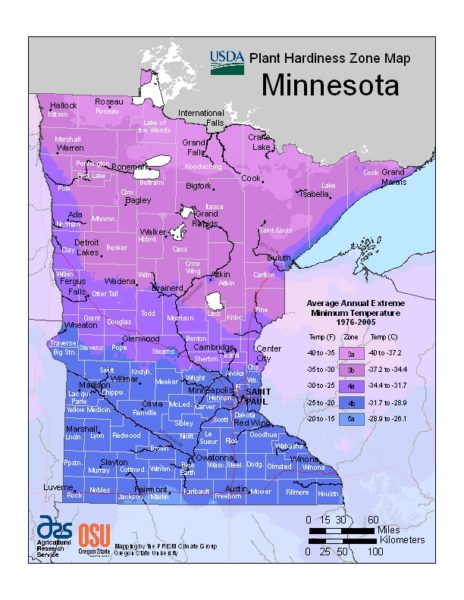





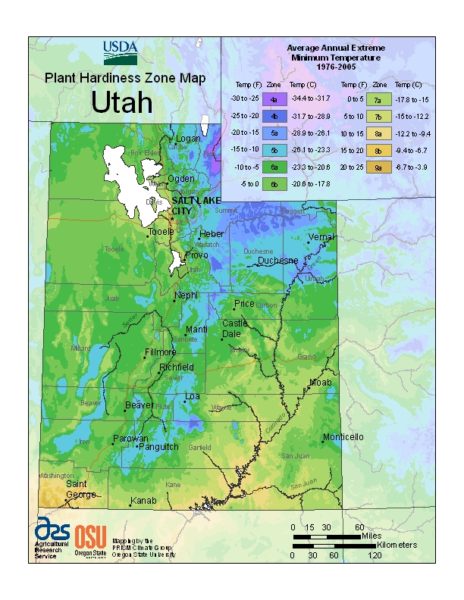
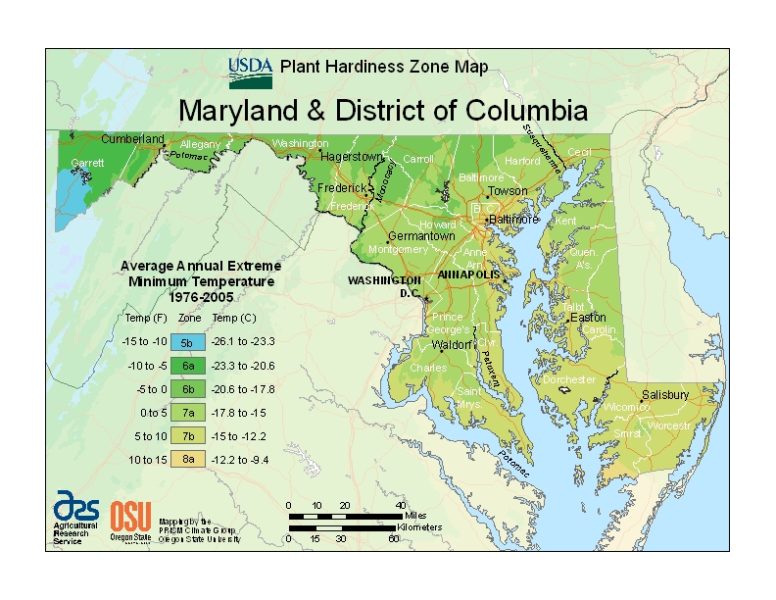





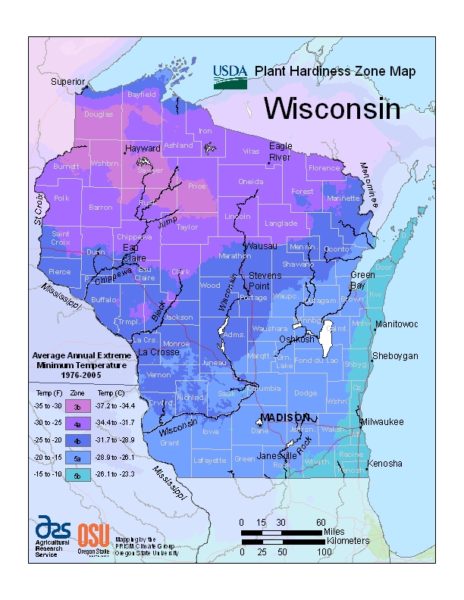 Wisconsin
Wisconsin